I use R for most of my data analysis. Until now I used to export the results as a CSV and visualized them using Macs Numbers.
The reason: The Graphs are embeded in documents and there is a rather large border on the right side reserved for annotations (tufte handout style). Between the acutal text and the annotations column there is white space. The plot of the graphs needs to fit the width of text while the legend should be placed in the annotation column.
I would prefer to also create the plots within R for a better workflow and higher efficiency. Is it possible to create such a layout using plotting with R?
Here is an example of what I would like to achieve:
And here is some R Code as a starter:
library(tidyverse)
data <- midwest %>%
head(5) %>%
select(2,23:25) %>%
pivot_longer(cols=2:4,names_to="Variable", values_to="Percent") %>%
mutate(Variable=factor(Variable, levels=c("percbelowpoverty","percchildbelowpovert","percadultpoverty"),ordered=TRUE))
ggplot(data=data, mapping=aes(x=county, y=Percent, fill=Variable)) +
geom_col(position=position_dodge(width=0.85),width=0.8) +
labs(x="County") +
theme(text=element_text(size=9),
panel.background = element_rect(fill="white"),
panel.grid = element_line(color = "black",linetype="solid",size= 0.3),
panel.grid.minor = element_blank(),
panel.grid.major.x=element_blank(),
axis.line.x=element_line(color="black"),
axis.ticks= element_blank(),
legend.position = "right",
legend.title = element_blank(),
legend.box.spacing = unit(1.5,"cm") ) +
scale_y_continuous(breaks= seq(from=0, to=50,by=5),
limits=c(0,51),
expand=c(0,0)) +
scale_fill_manual(values = c("#CF232B","#942192","#000000"))
I know how to set a custom font, just left it out for easier saving.
Using ggsave
ggsave("Graph_with_R.jpeg",plot=last_plot(),device="jpeg",dpi=300, width=18, height=9, units="cm")
This might resample the result aimed for in the actual case, but the layout and sizes do not fit exact. Also recognize the different text sizes between axis titles, legend and tick marks on y-axes. In addition I assume the legend width depends on the actual labels and is not fixed.
Update Following the suggestion of tjebo I posted a follow-up question.




